In today’s The Toast series, we say goodbye to Hollywood icon Robert Redford, who gave so much to Hollywood and beyond. Acclaimed actor, Oscar-winning director, father of independent cinema, and passionate environmental activist, the Sundance Kid was a true “myth” and “legend” who will never be forgotten!
Somehow, the sunset has found Robert Redford. At 89 years old, this ultimate, loyal friend to global cinema has passed. He slipped away peacefully, in his sleep, at home, near the beautiful, mountainous landscapes of Sundance, Utah. It was the special place where decades earlier he’d started his environmental activism to protect nature, and where he started the now renowned Sundance Film Institute and Sundance Film Festival to champion independent filmmaking.
But before that? Robert Redford was one of the most stunning superstars of New Hollywood’s 1970s heyday. From his breakout hit in 1969’s Butch Cassidy and the Sundance Kid, to romantic tearjerker The Way We Were (1973), and the political powerhouse All the President’s Men (1976), Robert Redford was Hollywood’s golden boy. He was known for his striking, good looks, and for being that rare Hollywood star who was actually born in Los Angeles. Redford had that carefree, blonde, California charisma that made him irresistible to look at on-screen. Yet, his true allure had always been in conveying each of his character’s complexity and intelligence off-screen (i.e., the facets of a character that are unseen).
Then add in Robert Redford’s highly successful directing career, which began with 1980’s Oscar-winning Ordinary People. Redford won the top prize of Best Picture for his directorial debut, wherein he went on to direct (and on occasion also star in) thoughtful pieces such as A River Runs Through It (1992), The Quiz Show (1994), and The Horse Whisperer (1998). He was known for choosing pieces with a strong political, social, or environmental conscience. No surprise, in 2002, Redford was gifted with an honorary Oscar for Lifetime Achievement.
But Redford didn’t stop there. Cue his final on-screen film performances in the late 2010s. They were 2017’s Our Souls at Night, 2018’s The Old Man & the Gun, and 2019’s Marvel Cinematic Universe’s Avengers: Endgame. He was also an executive producer for the super-unique and compelling “Navajo noir” TV show Dark Winds (2022-present).
Born and bred in Los Angeles, but choosing the vast, gorgeous mountains of the American West as his inspiration-filled home in adulthood, Redford was indeed a beloved Hollywood god that has left an indelible footprint in global cinema. The world mourns the loss of a cinematic enigma and treasure who gave so much.
The Dawn of an Icon
Born in Santa Monica, Los Angeles, on August 18, 1936, legend has it that Robert Redford first encountered teenaged actress Natalie Wood at an assembly at their high school – and the two apparently didn’t get along. Wood had already been a movie star since childhood, having starred in the iconic Christmas flick A Miracle on 34th Street (1947) and beautiful fantasy film The Ghost and Mrs. Muir (1947). Their brief, cutely sparring encounter would prove the stuff of moviedom lore, however, when Wood would years later pick Robert Redford to star with her in the film Inside Daisy Clover (1965). Redford plays her charismatic (that word again), but untrustworthy husband Wade Lewis. It was a plum role, and Redford was off and running. He had moved on from his TV appearances of the early 1960s, and his first credited role in the little-seen, though well-received film War Hunt (1962).
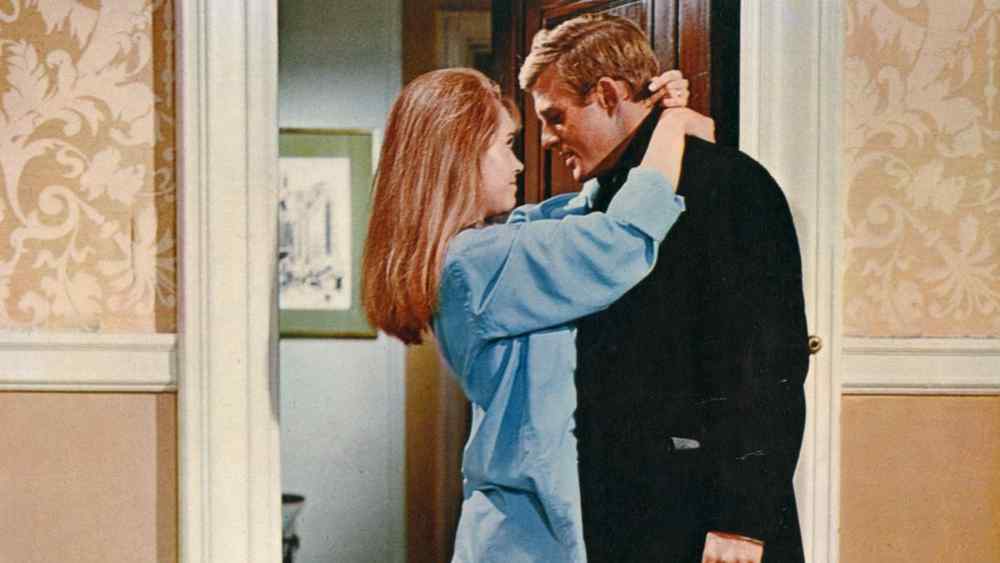
Redford’s next few films were also “watch-worthy” popular. He did The Chase (1966) alongside Old Hollywood legend Marlon Brando and newbie starlet Jane Fonda. He then starred again with Jane Fonda in the romantic-comedy classic Barefoot in the Park (1967). Yes, enter the beloved on-screen couple called “Robert Redford and Jane Fonda.” They play Paul and Corie Bratter, newlyweds in New York City who must navigate the ins and outs of their new life together. Can their love survive in their new Greenwich Village apartment? (Fifth floor, here we come!) If you crave a young, lovely, goofy Redford, here’s your movie. Everything feels right. Redford and Fonda would go on to star in two more films together – The Electric Horseman (1979) and Our Souls at Night (2017).

Redford would round out the decade by starring in quite possibly his most well-known film. Cue 1969’s Butch Cassidy and the Sundance Kid. Yes, usher in the ultimate dynamic duo of New Hollywood, Paul Newman and Robert Redford, or in millennial speak, the ultimate bromance. Matt Damon and Ben Affleck? Tobey Maguire and Leonardo DiCaprio? All great, but let’s hail the original.
Filmed in the late 1960s, when Hollywood was reinventing itself to be grittier and more realistic, this Western masterpiece is a fresh take on an old genre. There’s witty banter, some modern Burt Bacharach music, and a charming “buddy” storyline that makes early 1900s outlaw train robbers Butch and Sundance (Newman and Redford respectively) somehow likeable anti-heroes. This film catapulted Redford to super-stardom. It also forged a lasting off-screen friendship between Redford and Newman. They would team up again for 1973’s The Sting.
1970s Superstar
It’s hard to overstate how big Robert Redford was in the 1970s. He and stars like Al Pacino, Jack Nicholson, and Dustin Hoffman, ruled that super-competitive Hollywood school. These actors stood for unvarnished, complicated beauty in a film industry that was increasingly (and admirably so) pushing boundaries, pushing that fabled envelope, and being driven by creative, brilliant directors, and not by commercially-motivated Hollywood studio executives.
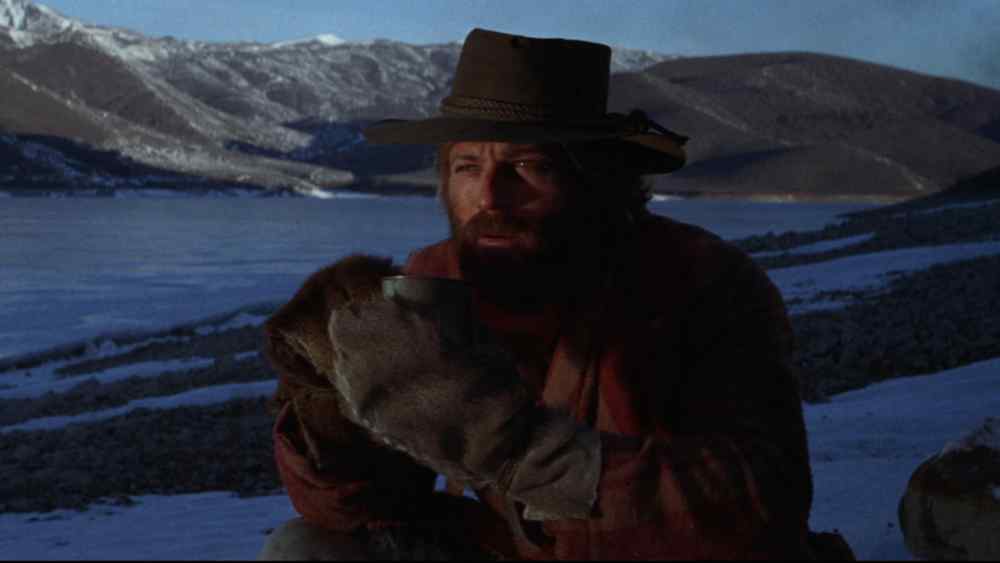
For Redford, this creative beauty came in the form of movies like Jeremiah Johnson (1972). As mentioned, Robert Redford is synonymous with the Sundance Film Institute and Sundance Film Festival in Utah. By all accounts, those two cinematic pillars started here, with this movie. The character Jeremiah Johnson is based on the real-life 1800s “mountain man” of the American West, and this movie chronicles his tumultuous wilderness life. He fights for survival amid run-ins with both human and animal foes, and the elements of nature. Jeremiah Johnson is an exceptionally quiet film, and not at all what one would expect from superstar Robert Redford. And that’s part of its power.
Robert Redford, and his frequent directorial partner and off-screen friend Sydney Pollack, kindly and respectfully bucked the Hollywood trend, and instead of filming this movie on a Hollywood backlot as requested for US$200,000, promised the studio that they could film it at the same budget in their ideal location. And where was that? None other than Redford’s idyllic, sprawling Utah property. The success of this movie paved the way for independent films, and an independent film industry that continues to thrive today.
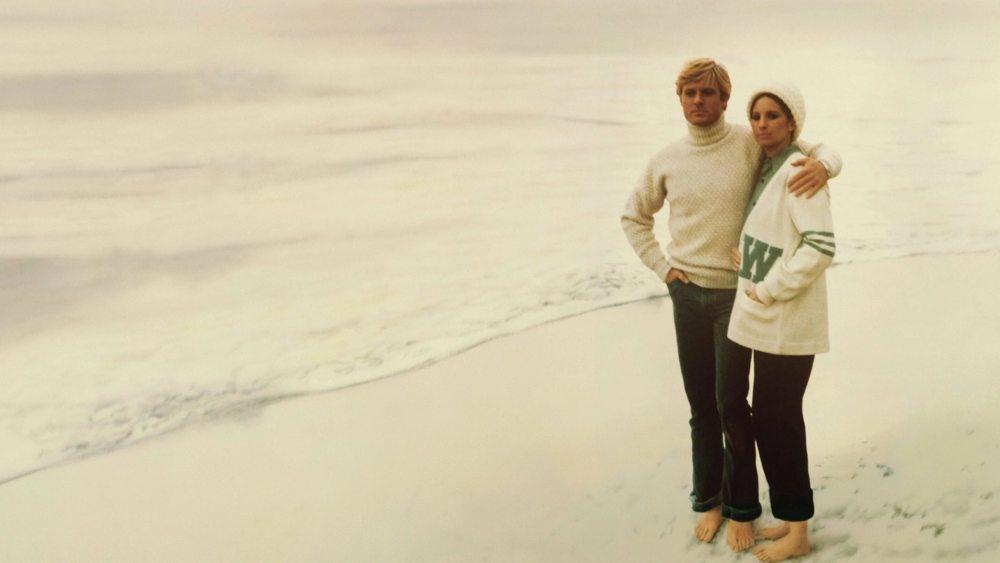
Redford then starred in the iconic romance The Way We Were (1973). Here, he solidified his leading man, heartthrob, or let’s be real, “the hottest male superstar on the planet” status. Starring alongside equally legendary 1970s superstar Barbra Streisand, he delivers a multi-faceted portrayal of Hubbell Gardiner, the ultimate “pretty boy” who once dreamily wrote, “In a way, he was like the country he lived in. Everything came too easily to him. But at least he knew it.”
Behind the scenes, Redford worked hard with director Sydney Pollack and co-star Barbra Streisand to give his so-called “pretty boy” depth. In fact, this was notoriously Redford’s big condition in accepting the role, and it was a smart condition. The result? Sheer “grab the tissues” magic. Redford wisely knew how to play “understated frat jock Hubbell” to Streisand’s “outspoken political activist Katie.”
Redford and Streisand, the stunning 1970s superstars that they were, took their “opposites attract” storyline and wondrously transformed it to “next level.” Wait, how’d they do that? Call it raw talent. The Way We Were is listed as a monumental #6 out of 100 for the American Film Institute’s “100 Years… 100 Passions” romance movie from 2002. No surprise, Redford was a hot commodity for romance films after this.
A Political Classic
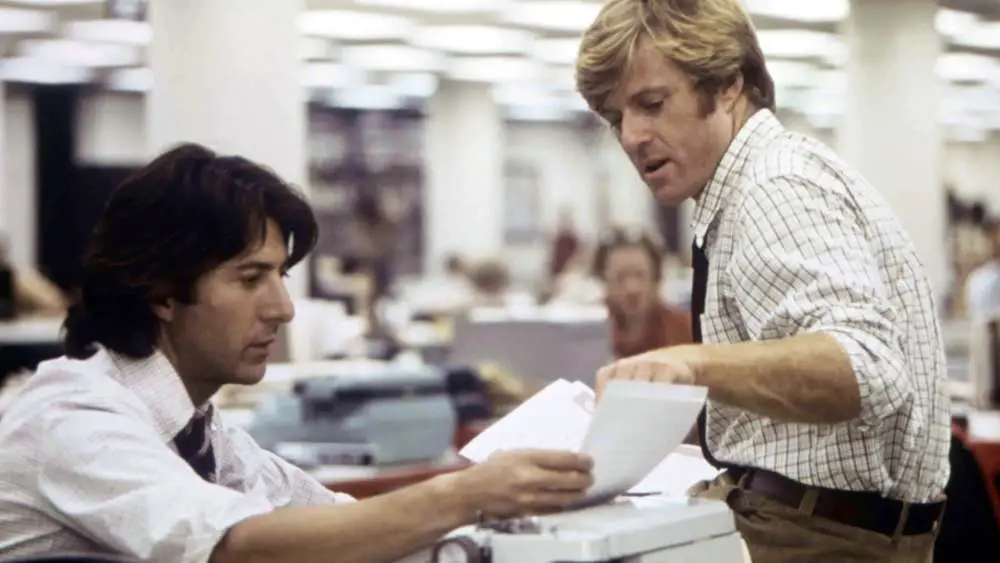
Switching gears, Redford also starred in the political thriller All the President’s Men (1976). Released in the USA’s Bicentennial year of 1976, and chronicling the fall from grace of recent real-life American President Nixon, All the President’s Men was the right movie at the right time. But, for all the unfortunate, wrong reasons. Suffice to say, All The President’s Men had some potent 1970s Hollywood glitter showering down on it. Redford plays Bob Woodward alongside Dustin Hoffman’s Carl Bernstein, two real-life journalists investigating then-President Nixon and his suspicious connection to illegal activities at Washington, D.C.’s, Watergate Hotel. All the President’s Men is one of the best political movies ever, told without a lot of pomp and circumstance. It has that wonderfully gritty, realistic, almost documentary 1970s vibe. Redford and Hoffman are mesmerizing together. Their banter beats are “spot-on,” and this lends a gripping, suspenseful pace to the film that propels this drama forward like a freight train, or in this case, an inevitable train wreck.
Redford, who had already starred in the earlier political films The Candidate (1972) and Three Days of the Condor (1975), was known for having a strong social conscience off-screen, and this movie was a perfect vehicle for him to explore politics and journalism, ethics and privacy. Classic line:
“Nothing is riding on this except the First Amendment of the Constitution, freedom of the press, and quite possibly, the freedom of our country.”
Gulp.
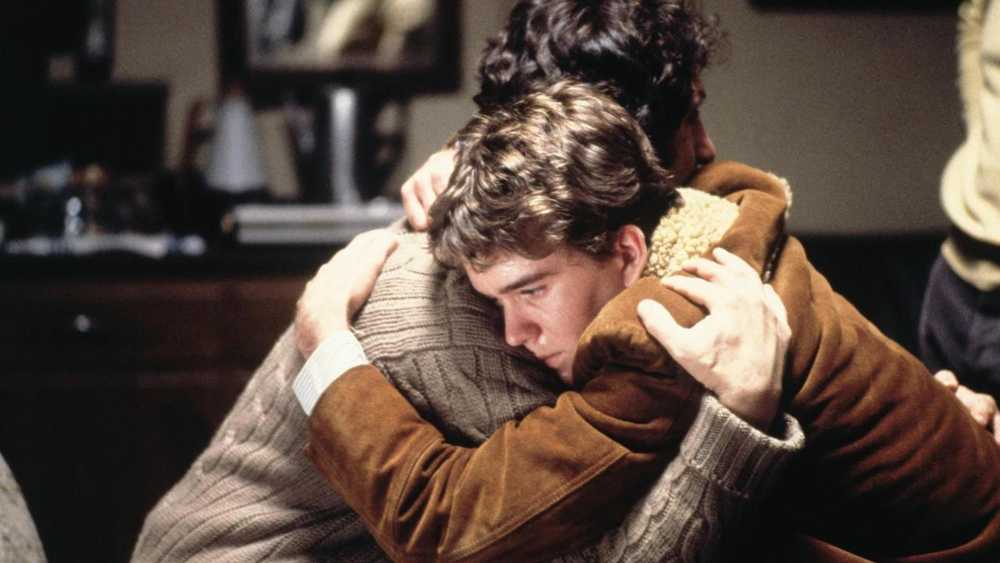
Redford then switched gears again in 1980, with his auspicious directorial debut in Ordinary People. The film won four Oscars – Best Director, Best Adapted Screenplay, Best Supporting Actor for Timothy Hutton, and most importantly, Best Picture. A tale about an upper-middle class family in the Chicago suburbs who experience severe emotional trauma (the oldest son accidentally drowns in a boating accident, and the younger son becomes suicidal after surviving the accident), Ordinary People is beautiful in its subtlety, realism, and heart.
Redford shows so much by way of his story selection, casting choices, cinematography style, and more. The final product is a film that is intriguing, hypnotizing, and ultimately heartbreaking. Starring the late-greats Donald Sutherland and Mary Tyler Moore as the parents, Redford taps into male sadness, then female strength (or stubbornness?). Redford masterfully shows that “we” as so-called “ordinary people” are anything but. This movie is spellbinding in its own “ordinary” way. It’s pure magic, and told with a compassionate hand. Unsurprisingly, Redford went on to direct more films after this exquisite debut.
The Myth-Maker
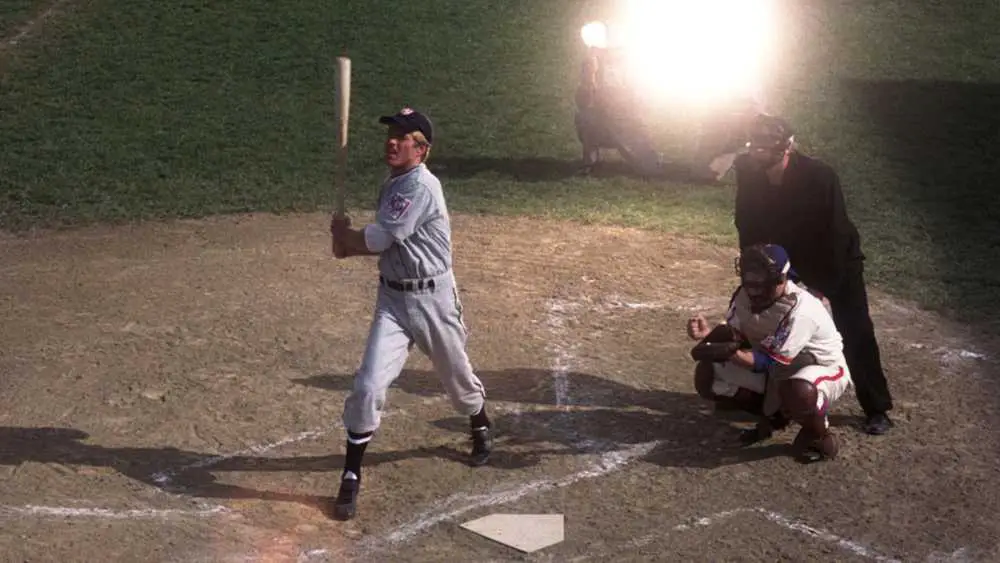
The 1980s and ‘90s saw Robert Redford tapping into his childhood love of myths. Redford had once said in an interview that he adored mythology growing up. The mystical, powerful gods and goddesses. He also adored the possibility that we humans, if we’re very lucky, could somehow be gifted with their superpowers. Yes, enter 1984’s The Natural. Redford plays Roy Hobbs, a baseball player with a lot of potential, due possibly to a magical bat made from the wood of a tree that gets hit by lightning. What’s more, this wood is from the tree next to where his beloved father died.
The Natural is epic, touching, and a must-see for any sports fan. Redford successfully creates his mythical, mystical “baseball god.” This movie undoubtedly inspired Redford to direct 2000’s The Legend of Bagger Vance, a film that explores the sport of golf in a supernatural way.
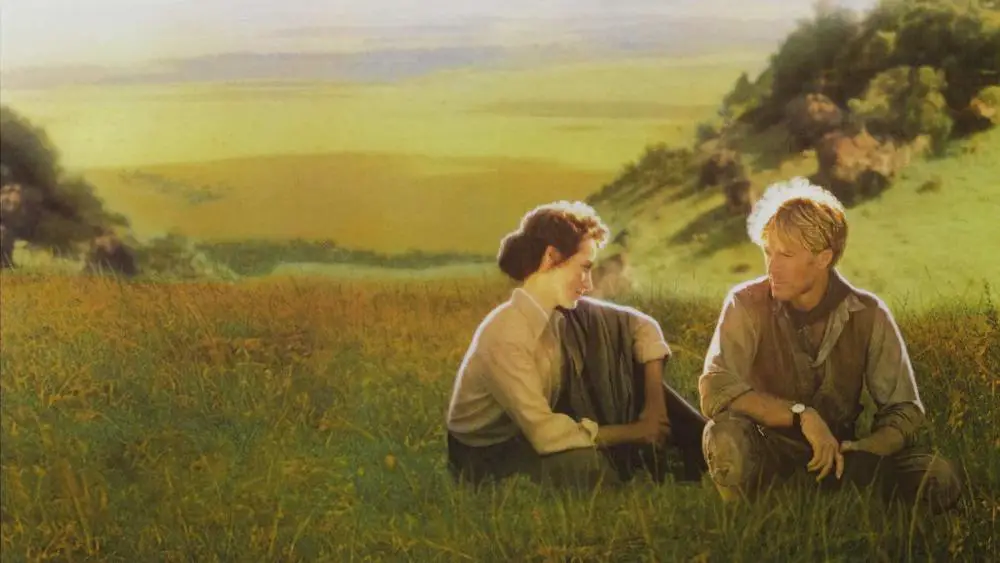
Redford also starred in the dreamy Sydney Pollack-directed Out of Africa (1985). Call him “safari god.” Winner of seven Oscars, including Best Picture, Out of Africa is undoubtedly one of Redford’s most career-defining films. A period piece set in exotic East Africa during the early 1900s, and co-starring three-time Oscar-winning legend, Meryl Streep, Out of Africa is a sprawling “cinematic love poem.”
Redford plays Denys Finch Hatton, a safari-man who falls in love with baroness Karen von Blixen. Redford had already been dubbed “Hollywood’s hottest leading man” for many years, but Out of Africa’s lush, mystical setting, coupled with his stellar colleagues of Pollack and Streep, allow him to shine in truly beautiful ways. Redford is unforgettable as enigmatic Denys, whose love for both Africa and Karen prove precious as a gem and fragile as a sunset. Watch, become hypnotized, and bring tissues.
Redford then played the alluring, enigmatic Las Vegas millionaire John Gage in the thought-provoking romantic drama Indecent Proposal (1993). Coming on the heels of provocative romantic thriller Basic Instinct (1992), Indecent Proposal, too, explores the provocative underbelly of romance and psychology. Who can forget Robert Redford in that final roadside scene, letting go of Diana Murphy (played by Demi Moore), as he realizes that she will never love him? Is it true that money can’t buy love?
He also played mythical newsman in the romance film Up Close & Personal (1996), where his character’s love interest is TV news anchor Jessica Savitch (played by Michelle Pfeiffer). Based on the real-life story of the hungry up-and-comer Savitch, this film gets “gussied up” all Hollywood-style (making it a super-loose biopic). Still, it achieved a good box office showing. It proved that at age 60, Redford was still extremely appealing.
The Horse Whisperer
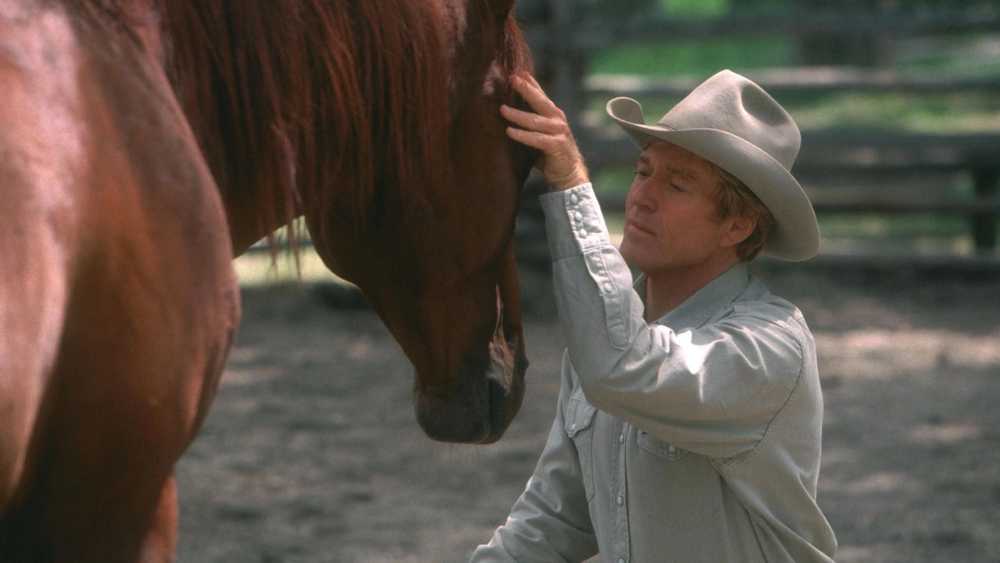
Then, at age 62, Redford did The Horse Whisperer, where he achieved the culmination of everything that he was about. It was his ultimate mash-up. Here’s why. It’s set in the American West. It’s a romance. It has political and social undertones regarding urban versus rural lifestyles. Redford also directs, where he showcases his trademark subtle, understated touches. Lastly, and importantly, his character, Tom Booker, is the namesake “horse whisperer” – a man with a mythical, supernatural ability to understand horses.
The Horse Whisperer is visually gorgeous, the acting is excellent, and this film reminds its audience that movies can take their time. It’s a millennial-era movie from 1998, and it seems to purposefully ask its viewers to slow down, take a seat, and simply watch a story unfold. After forty years in Hollywood showbiz, Redford had earned the right to make any picture he wanted. Redford is quite possibly at his most comfortable in The Horse Whisperer, and it’s a joy to witness. Sidebar – he even directs a young Scarlett Johansson in one of her first films.
Redford continued to shine in the 2000s, where he continued to tackle projects of social and political substance. He starred in The Last Castle (2001), The Clearing (2004), and the war drama Lions for Lambs (2007) with acting heavyweights Meryl Streep and Tom Cruise. (He also directed this film.)
He also took a unique turn in 2013’s All is Lost, in which he plays a man lost at sea. No other actors. Minimal dialogue that clocks in at just about 50 words. It’s a gripping observational drama, where the stakes are obviously high. And if it’s Robert Redford? Of course you’re emotionally invested. That was the power of Redford.
Redford also returned to nature in 2015’s sweetly sentimental A Walk in the Woods. Here, he plays a writer who decides to walk the total of the Appalachian Trail with his lovably bumbling old friend (played by Nick Nolte). The vistas are beautiful, the friendship “feels” are hug-worthy, and whether you’re a nature lover or not, it’s hard to dislike this kind-hearted flick.
In recent years, Redford stepped behind the camera once again as executive producer for the “Navajo noir” TV series Dark Winds (2022-present). Set in the Navajo Nation Indian Reservation in the Four Points section of the USA (the borders of New Mexico, Arizona, Utah, and Colorado), Redford championed this series, so that it would see the cinematic light of day.
An American Indian “noir” cop show? This super-unique and powerful show, in addition to all its excellent noir elements, brings the audience fully-formed, well-rounded indigenous characters. Kudos to Redford for his inclusive, creative eye. Representation is important! Bonus – Redford makes a cameo on season 3’s first episode, which is by all accounts, the final on-screen performance of his life. Sigh.
Wrapping Up
The list of adjectives for Robert Redford is extensive, just like his vast six-decade filmography. He was a master actor and director. He was the kind father of independent film – someone who allowed new voices to be heard by successfully pioneering the feasibility of an independent film movement, one that could co-exist harmoniously alongside a commercially-driven Hollywood mainstream market. Big breath, that’s a lot. Redford was also a passionate environmentalist, who ensured that humanity felt, through his art and other measures, the beauty of nature and the importance of protecting it, and all the creatures within it.
Meryl Streep said this week of Redford’s passing:
“One of the lions has passed. Rest in peace my lovely friend.”
No spoilers, but flash back to the final scene of that “cinematic love poem” Out of Africa (1985). One of the lions has passed. But his awe-inspiring beauty, seen atop that gorgeous, sunny, African savanna terrace, will stay in our memories forever. Thank you, Robert Redford.
Catch all the features from The Toast series here.

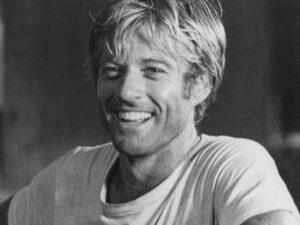
a big hurrah for All the president’s men and The Natural!